1. Robber Flies
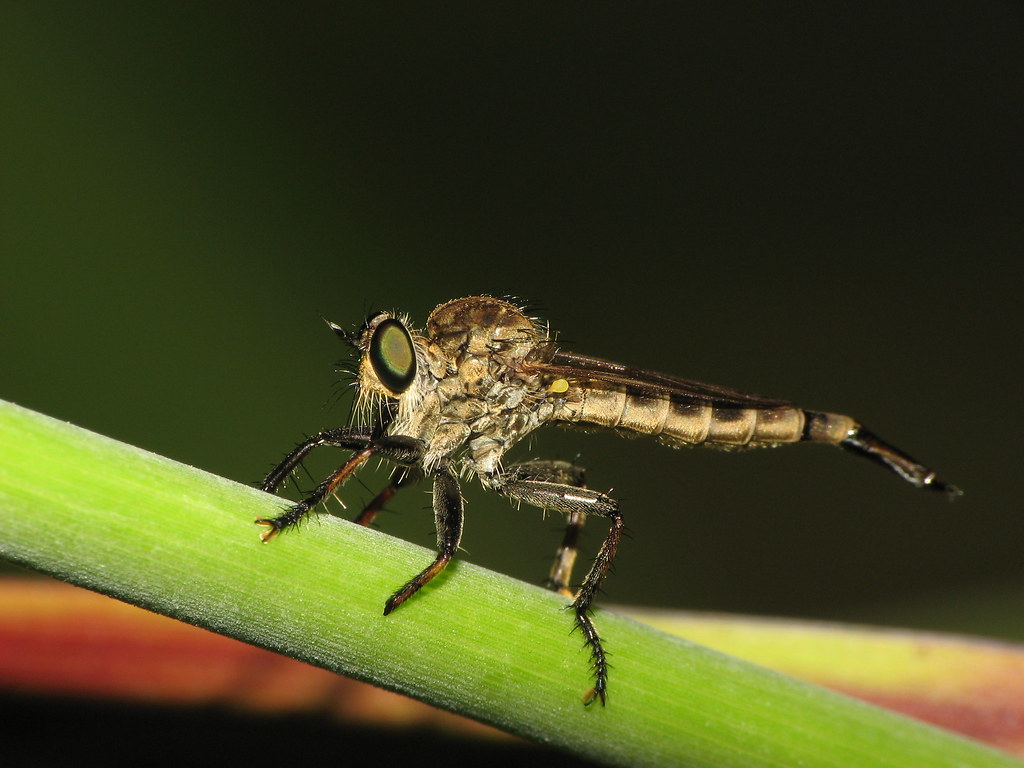
Flickr
Robber flies are the aerial assassins of the insect world, equipped with powerful legs, sharp mouthparts, and exceptional vision. These skilled hunters pursue their prey mid-flight, capturing insects with precision and agility. Once a robber fly seizes its target, it injects paralyzing saliva, then begins to digest the prey from the inside out. Their aggressive hunting techniques might seem intimidating, but robber flies are often mistaken for harmless bees or dragonflies due to their mimicry. Despite their fearsome appearance, they are not aggressive toward humans. Robber flies are an important sign of a healthy insect ecosystem and serve as effective natural controllers of pest species in your yard.
2. Owlflies
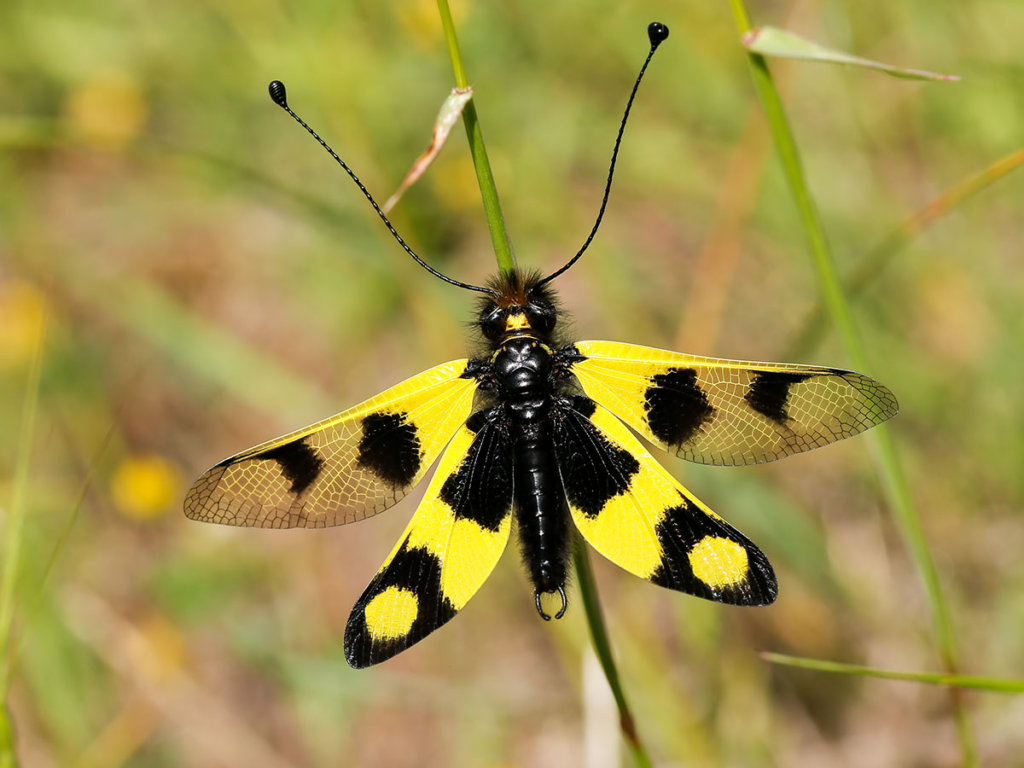
Wikimedia Commons
Owlflies, often mistaken for delicate creatures due to their dragonfly-like wings and slender bodies, are actually fierce predators. These nocturnal hunters are highly skilled at capturing small insects, using their large, compound eyes to detect prey in the dark. Their spiny legs are adapted for grabbing and immobilizing prey mid-flight, making them effective and efficient hunters. The larvae of owlflies reside in leaf litter or soil, where they patiently ambush unsuspecting insects. Despite their somewhat alarming appearance, owlflies are beneficial in maintaining ecological balance by controlling pest populations. If you’re out at night, keep an eye on outdoor lights, where these fascinating creatures often hunt.
3. Parasitic Wasps

Flickr
Parasitic wasps may sound like the stuff of nightmares, but they are, in fact, incredibly beneficial for gardens and ecosystems. These tiny, often overlooked predators play a crucial role in controlling pest populations. Parasitic wasps lay their eggs inside or on the bodies of other insects, such as caterpillars, aphids, or other garden pests. Once the wasp larvae hatch, they feed on the host insect, typically killing it in the process. Though their methods may seem gruesome, parasitic wasps are natural pest controllers, helping to maintain a balanced and healthy garden environment. Their small size and inconspicuous nature make them easy to overlook, but any keen gardener knows how valuable they are for reducing the numbers of harmful insects.
4. Orb-Weaver Spiders
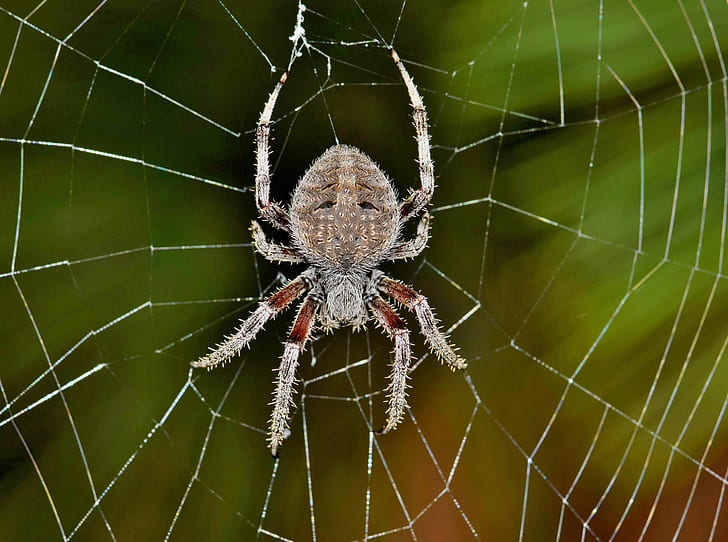
PickPik
Orb-weaver spiders are known for crafting intricate webs that are both beautiful and highly effective. These spiders are passive predators, relying on their webs to capture flying insects like moths, flies, and mosquitoes. Their webs are marvels of natural architecture, designed to trap prey with incredible precision. While their venom is harmless to humans, it is potent enough to immobilize and subdue their captured prey. Orb-weavers are commonly found in corners of fences, trees, and shrubs, often going unnoticed until their webs catch the morning dew. Despite their sometimes-intimidating appearance, orb-weaver spiders are harmless and play a vital role in controlling pest populations, helping to maintain a healthy ecosystem in your backyard.
5. Assassin Bugs
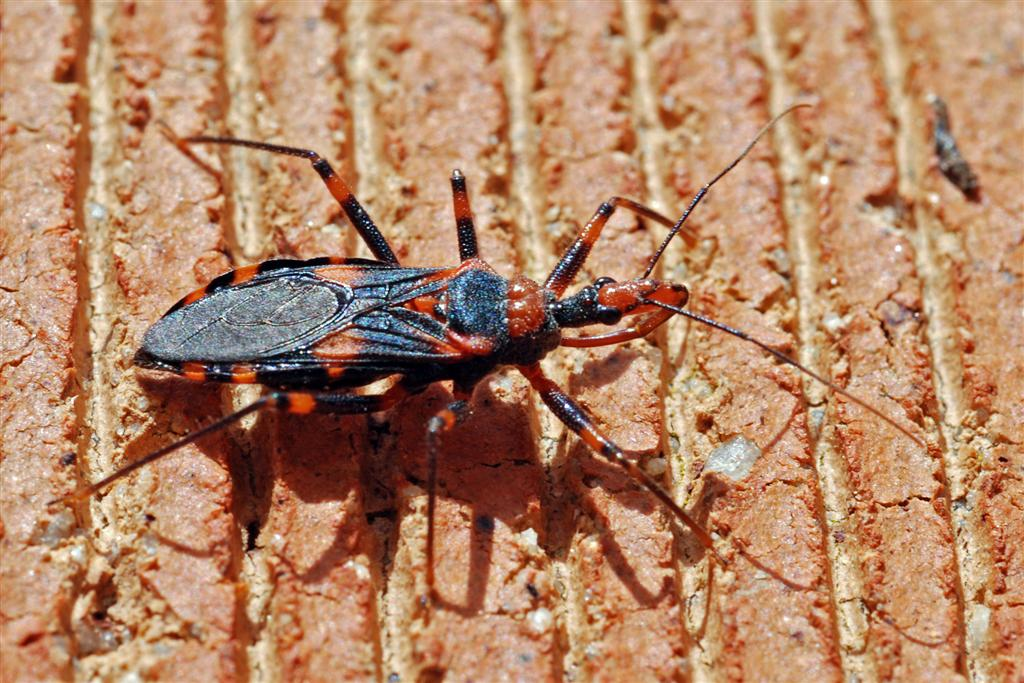
Flickr
Assassin bugs are stealthy predators that feed on other insects by ambushing them. They use a sharp proboscis to inject enzymes into their prey, liquefying their insides for easy consumption. These bugs can be beneficial by controlling pest populations, but they can also deliver a painful bite to humans if handled. Assassin bugs are masters of disguise, often blending seamlessly with plants and flowers. Some species, like the infamous kissing bug, are even known to spread diseases like Chagas. While not aggressive, it’s wise to avoid handling them and let them do their job in the ecosystem.
6. Praying Mantises
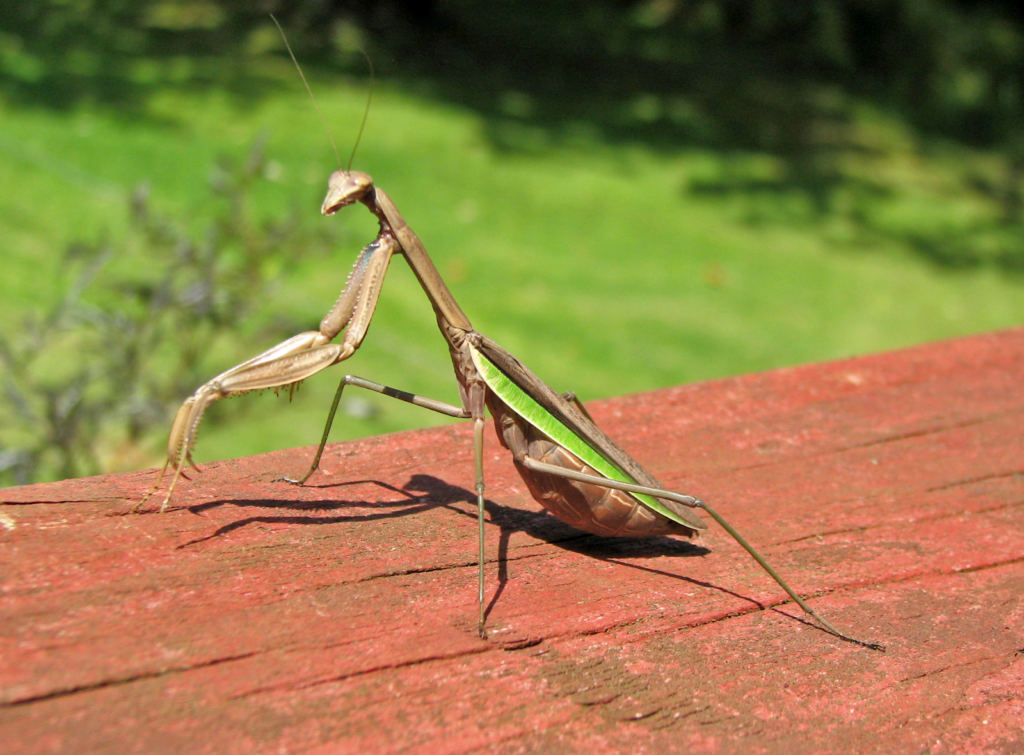
Wikimedia Commons
The praying mantis is a well-known garden predator, but its impressive hunting skills are often less understood. Equipped with sharp, spiny forelegs, mantises are ambush hunters, capturing prey such as grasshoppers, beetles, and even small birds or lizards. Their ability to rotate their heads 180 degrees gives them exceptional vision, allowing them to strike with remarkable precision. Praying mantises are patient hunters, often remaining motionless for hours, waiting for prey to come within striking distance. While they are valuable in controlling pest populations, mantises are indiscriminate feeders and may also prey on beneficial insects. Their unique hunting behavior and striking appearance make them a fascinating addition to any backyard.
7. Lacewing Larvae
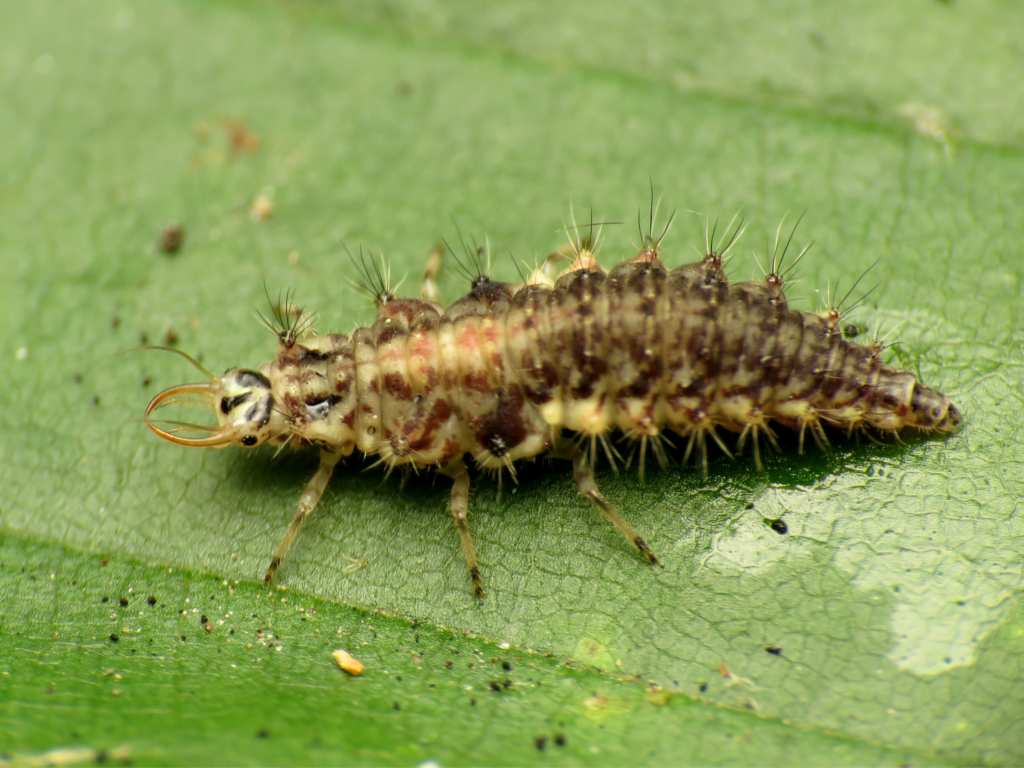
Wikimedia Commons
Lacewing larvae, often referred to as “aphidlions,” are known for their voracious appetite for aphids and other soft-bodied insects. These tiny, alligator-like creatures are equipped with powerful jaws that enable them to pierce their prey and suck out vital fluids. Typically hidden on leaves and stems, they are often overlooked but play a crucial role in controlling garden pests. As adults, lacewings shift to feeding on nectar and pollen, contributing to garden health by supporting pollination. Their dual role as both effective pest controllers and important pollinators makes them an essential, though often unnoticed, part of a healthy backyard ecosystem.
8. Centipedes
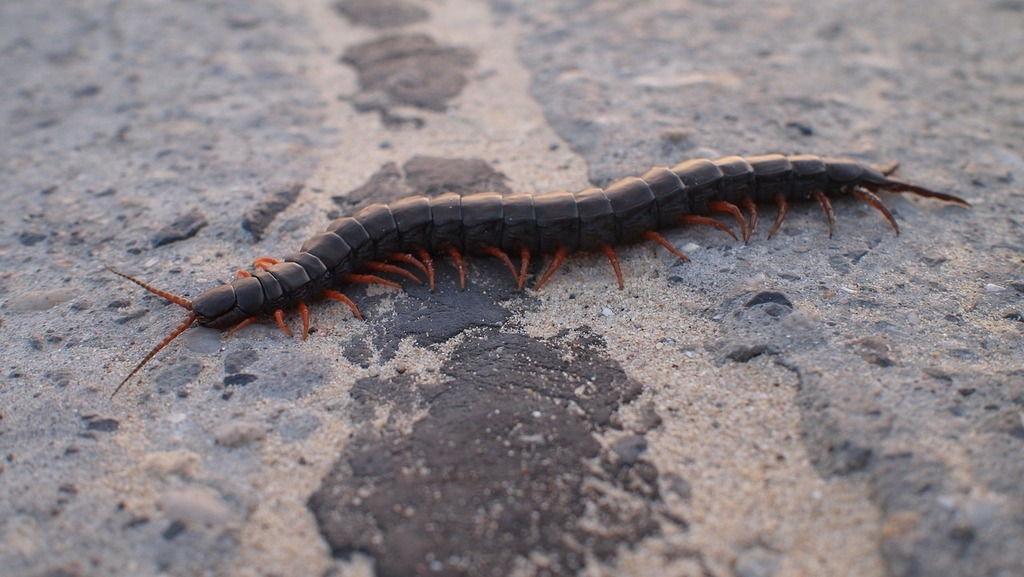
GetArchive
Centipedes are nocturnal hunters, often found hiding under rocks, logs, and leaf litter. These agile predators use their venomous front legs to paralyze and immobilize prey such as insects, spiders, and even small vertebrates. While centipedes can bite humans if provoked, they are generally shy creatures that prefer to avoid confrontation. Their speed, agility, and venom make them effective predators, helping to control pest populations in your garden. Despite their somewhat creepy appearance, centipedes play a beneficial role in maintaining a balanced backyard ecosystem. To spot them, look in damp, dark areas where they tend to hide during the day.
9. Soldier Beetles
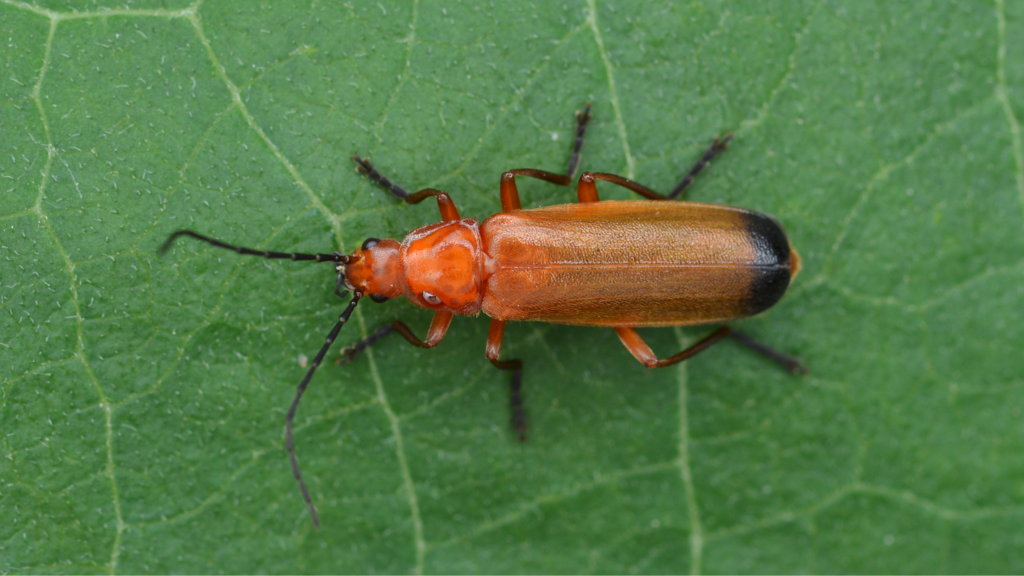
Wikimedia Commons
Soldier beetles are brightly colored insects commonly found on flowers, where they hunt pests like aphids, caterpillars, and other harmful insects. These beetles are active during the day, making them easier to observe compared to many other predators. Soldier beetles play a dual role in your garden, serving as both pollinators and pest controllers. While the adults feed on nectar and pollen, their larvae are the true predators, targeting soil-dwelling insects and their eggs. Soldier beetles are harmless to humans, and their presence can be encouraged by planting flowering plants in your yard, further supporting a healthy ecosystem.
10. Antlions

Flickr
Antlions are most famous for their fascinating larvae, which create cone-shaped traps in sandy soil to capture ants and other small insects. The larvae lie in wait at the bottom of the pit, camouflaged by debris, and quickly seize any prey that slips into their trap. Adult antlions, which resemble damselflies, are less predatory and focus mainly on mating and reproduction. Despite the small and seemingly insignificant size of their traps, antlions play an essential role in controlling ant populations and maintaining a balanced ecosystem. Observing their unique and clever hunting techniques is a fascinating activity for anyone with a keen interest in backyard wildlife.
11. Crab Spiders
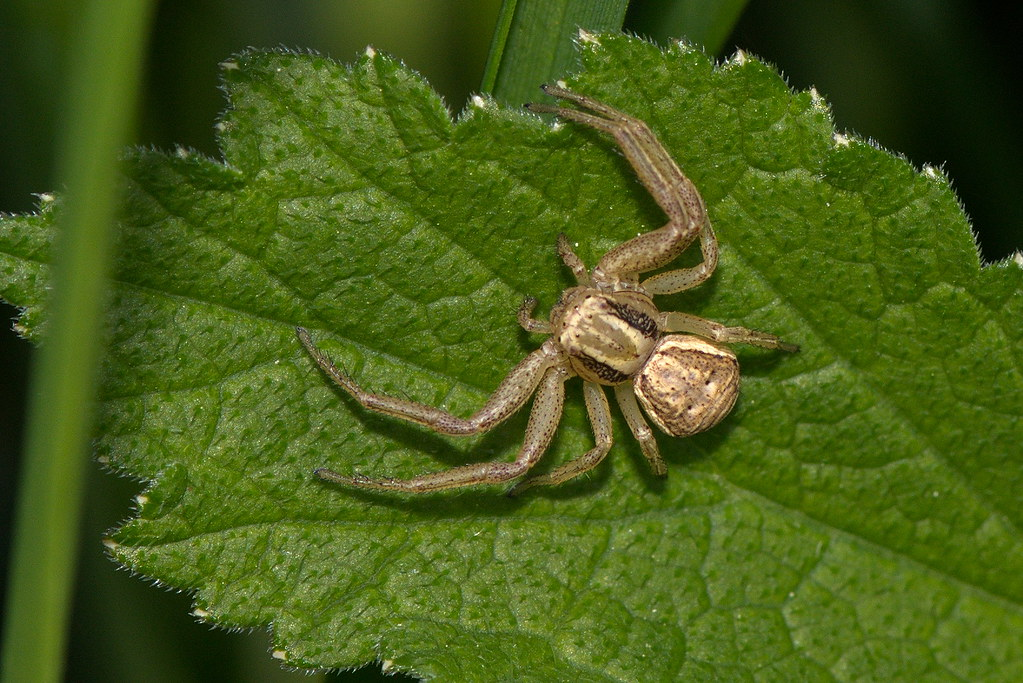
Flickr
Crab spiders are ambush predators known for their ability to blend seamlessly into flowers, where they wait to catch unsuspecting pollinators like bees and butterflies. Their front legs are specially adapted to grab and hold onto prey, while their venom quickly incapacitates it. Despite their small size, crab spiders are formidable hunters, using their camouflage to remain nearly invisible. They often take on the color of the flowers they inhabit, making them difficult to spot, even by keen observers. By helping to control insect populations, crab spiders play an important yet often-overlooked role in maintaining balance within backyard ecosystems.
12. Velvet Ants
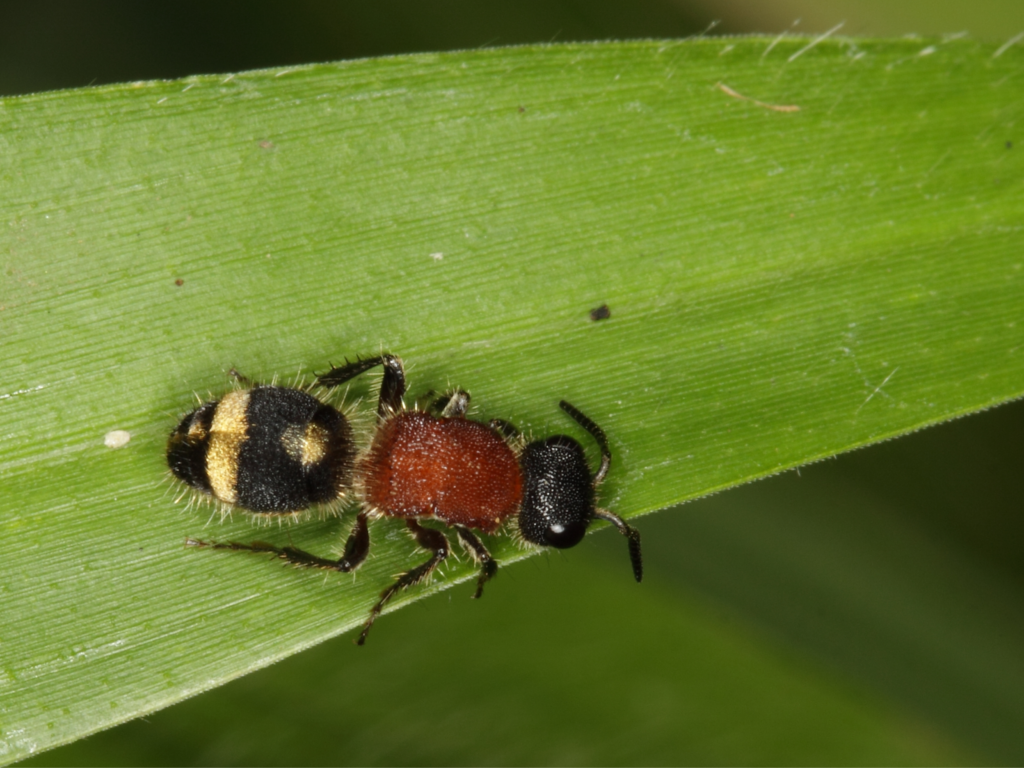
Wikimedia Commons
Velvet ants, often called “cow killers,” are actually a type of wingless wasp. Despite their bright, fuzzy appearance, they are known for their painful sting, which they use to defend themselves when threatened. Though not aggressive by nature, velvet ants are formidable predators, particularly during their larval stage, when they parasitize the nests of ground-dwelling bees and wasps. These solitary insects tend to avoid humans, but their presence in your yard can be a sign of a healthy insect population. While it’s best to admire velvet ants from a distance, be cautious not to step on one barefoot, as their sting can be quite painful.


